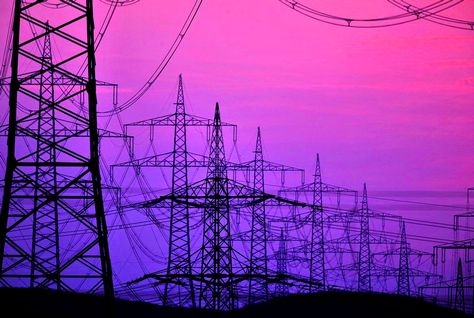Qatar has a planned investment of $16.8bn in power and water supply schemes, reflecting the country’s priority in developing the utilities sector. According to Commercialbank Capital, Qatar’s total planned investment in power is around $9bn and water sector $6.9bn.
“The Gulf countries are undergoing transformation in the utility sector due to rapid growth in population and commercial and industrial growth in the region,” the report said.
Qatar, Commercialbank Capital said, is “well placed” in terms of meeting the “rising demand” in future. The government is investing in the power sector but in phases to ensure there is no “excess capacity”.
“Qatar and the other GCC nations face the problem of high consumption of electricity compared to global averages. A main factor could be the subsidies provided by the government on the cost of power and water in the country.
Electricity and water is provided free to nationals,” the report said.
In the power sector, the total value of projects awarded was $3.7bn since 2008, out of which $3.1bn was awarded in 2008 and 2009. In 2011, three projects were awarded with a total value of $422mn.
The value of projects awarded accounted for around 6% of the total value of projects awarded in Qatar. There were a total of 19 projects awarded in the power sector compared to 338 total projects in Qatar.
Qatar, the report said, is planning to privatize the transmission and distribution segment, which could increase the “transparency and efficiency” within the sector, Commercialbank Capital said.
In the past 20 years, Qatar Electricity & Water Company has continued to expand its production capacity through fully and jointly owned plants.
In the third quarter of 2011, the company reached electricity generation capacity of 5,578MW and water desalination capacity of 265mn gallons per day, representing more than 60% and 70% of Qatar’s total power and water production capacities, respectively.
In 2011, Qatar commissioned the $3.9bn Ras Girtas power plant at Ras Laffan, which is expected to be one of the major power generation plants in the country. The plant will produce 2,730MW of electricity and 286,404m3 per day of desalinated water.
In the water sector, the total value of projects awarded was $3.8bn since 2008. In 2011, three projects were awarded with a total value of $362mn. The expected investment in Qatar’s water sector is around $3bn in the next decade.
In Qatar, more than 75% of the water requirement is dependent on the supply of desalinated water. The average per capita consumption is estimated at 310 litres per person per day.
Construction activities related to FIFA World Cup 2022 and the agricultural sector accounted for more than 70% of water demand in Qatar.
Qatar has “minimal” groundwater reserves with an average rainfall of about 75mm a year, the report said. Therefore, the country is more than 99% reliant on desalination to meet its domestic demand. The desalination capacity in the region is expected to increase by 24% from current levels to reach 325mn gallons a day by 2012.
Kahramaa has invested in water storage construction activity, undertaking a $2.75bn reservoir project capable of holding seven days’ worth of fresh water as a backup for desalinated water supply. The 1.9bn gallon facility will include a network of reservoirs connected by a 183km, 2.5m wide pipeline linking the Ras Laffan desalination facility in Qatar’s north and the Ras Abu Fontas plant in the south.
Treated wastewater contribution to Qatar’s water supply is expected to rise from 0.05bn cu m a year in 2011 to 0.065bn cu m by 2015, Commercialbank Capital said.
Gulf Times
25 May

























































